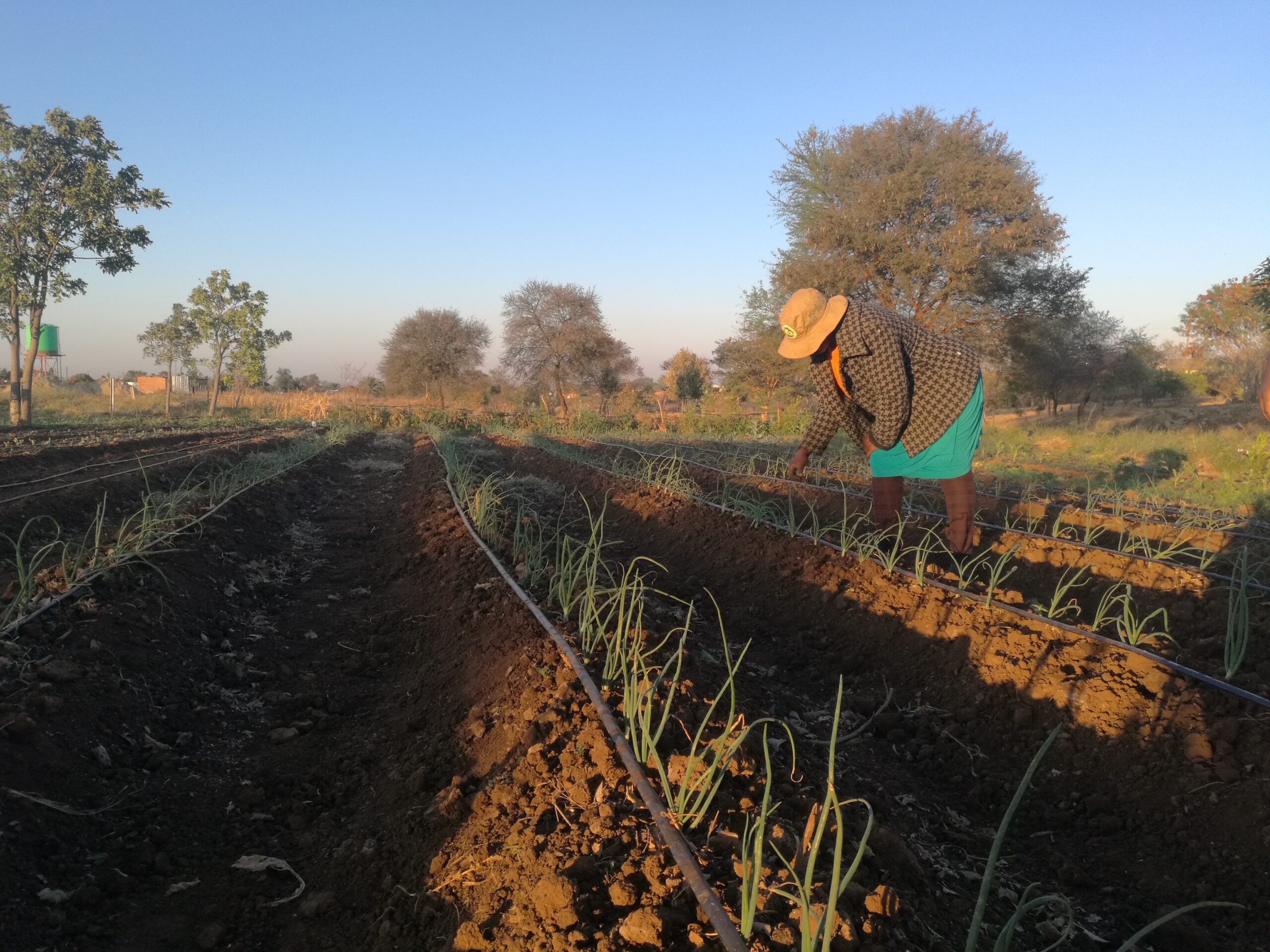While African countries have received generous support from international agencies and philanthropists to boost agriculture production, critics note that this has not been enough to deal with the continent’s cycle of hunger.
The interventions have failed to adequately address Africa’s most pressing needs and wean the continent from what is seen as perpetual humanitarian assistance. As the year ends, African countries continue to grapple with familiar challenges: despite investing billions into the agriculture sector to support smallholders – long identified as the continent’s main actors in food security – meeting food production targets remains elusive.
At a farming summit held in Rwanda last year, critics noted that climate change was interrupting efforts by donors and aid agencies to help smallholder farmers upscale food production, while also noting that assistance models favoured by donors went against local needs and environmental considerations.

A horticulture community project in Bulawayo, Zimbabwe.
What is seen as the promotion of the overuse of and reliance on fertilisers by donors, has also attracted criticism as smallholder farmers are encouraged to use expensive fertilisers and seeds that smallholders cannot afford.
In turn, critics say this has led farmers to go into debt and fail to meet food security goals touted by both aid agencies and African governments.
At the 2022 Rwanda Farming Summit, some delegates contended that to solve the continent’s food insecurity issues, the huge amounts of agriculture finance from donors should be redirected. This redirection should encourage the adoption of organic fertilisers such as manure to help smallholder farmers move away from expensive fertilisers which have also been identified as harmful to the soil.
“Green revolution” models have failed African smallholders, delegates were told.
While countries such as Zimbabwe have adopted “new” farming techniques as part of growing efforts to boost food security after years of poor performance in the agriculture sector, these interventions have also been criticised for failing to meet targets.
Smallholder farmers are expected to apply labour-intensive and time-consuming planting methods in the face of climate uncertainty in a country where smallholders lack irrigation infrastructure and rely on rain.
It simply means that despite such adoption of new farming methods, the farmers are set up for failure in the absence of rain, resulting in empty granaries. This has meant turning to humanitarian agencies for food assistance when international agriculture finance efforts are designed to address exactly that.

A woman prepares corn at her rural home in drought-prone Gwanda, south-west of Zimbabwe.
Despite being partnered by international agencies and donors, smallholder farmers in Zimbabwe have struggled to boost the production of staples such as maize, resulting in questions being asked about whether agriculture finance in Africa is being put to good use. “When will you stop pushing for these green revolution models that have failed?” an African delegate asked at the Rwanda Farming Summit.
African-born initiatives are seeking to change this. In November 2023, the African Export-Import Bank (Afrexmbank) partnered with other agencies to launch the Export Agriculture for Food Security. Afrexmbank set aside USD2 billion for African countries to boost food production, food processing and agriculture trade among African countries.
The initiative will provide smallholders with microfinance support, improve storage facilities blamed for post-harvest losses, agriculture extension services and training.
It is expected that this initiative will move away from models supported by other international agencies and philanthropy efforts which critics say have failed to improve food production in Africa.
The numerous summits held to address Africa’s food security dilemma have pointed to the difficulty of realising the goals set by local government sand agencies to deal with the long-running concerns. Other agencies, such as the World Food Programme, noted that conflicts have also affected food security ambitions.
With billions of dollars already committed in recent years to the agriculture sector in Africa, activists say funding should go into investing in long-term solutions such as irrigation to ensure smallholders can move away from rain-fed food production in the face of climate uncertainty.
For example: This year, meteorological services in Zimbabwe have had to issue several updates warning small-holders not to rush to plant their crops because forecasts showed rains would come later than expected.
However, smallholders continue following traditional cropping season seven in the face of shifting rainfall patterns. Even with the intervention and support from international aid agencies, this has resulted in reduced output with poor harvests being the order of the day.

A man works on an urban horticulture plot in Bulawayo, Zimbabwe.
Interventions such as those proposed by the Afrexmbank initiative are an attempt to reverse the failed models that have been a fixture of Africa’s food security agenda.
The reliance on international donors has also been felt in countries where such donors withdrew their support as happened in Malawi at the height of COVID-19 when a UK-based agency suspended its activities.
Smallholders were suddenly left out in the cold. It pointed to the complex nature of donor assistance and Africa’s struggle with funding its agriculture sector.
However, Afrexmbank’s USD 2 billion support has yet to be tested to determine if it will change the scope of the continent’s food security efforts, unlike previous attempts by other agencies that have failed.









